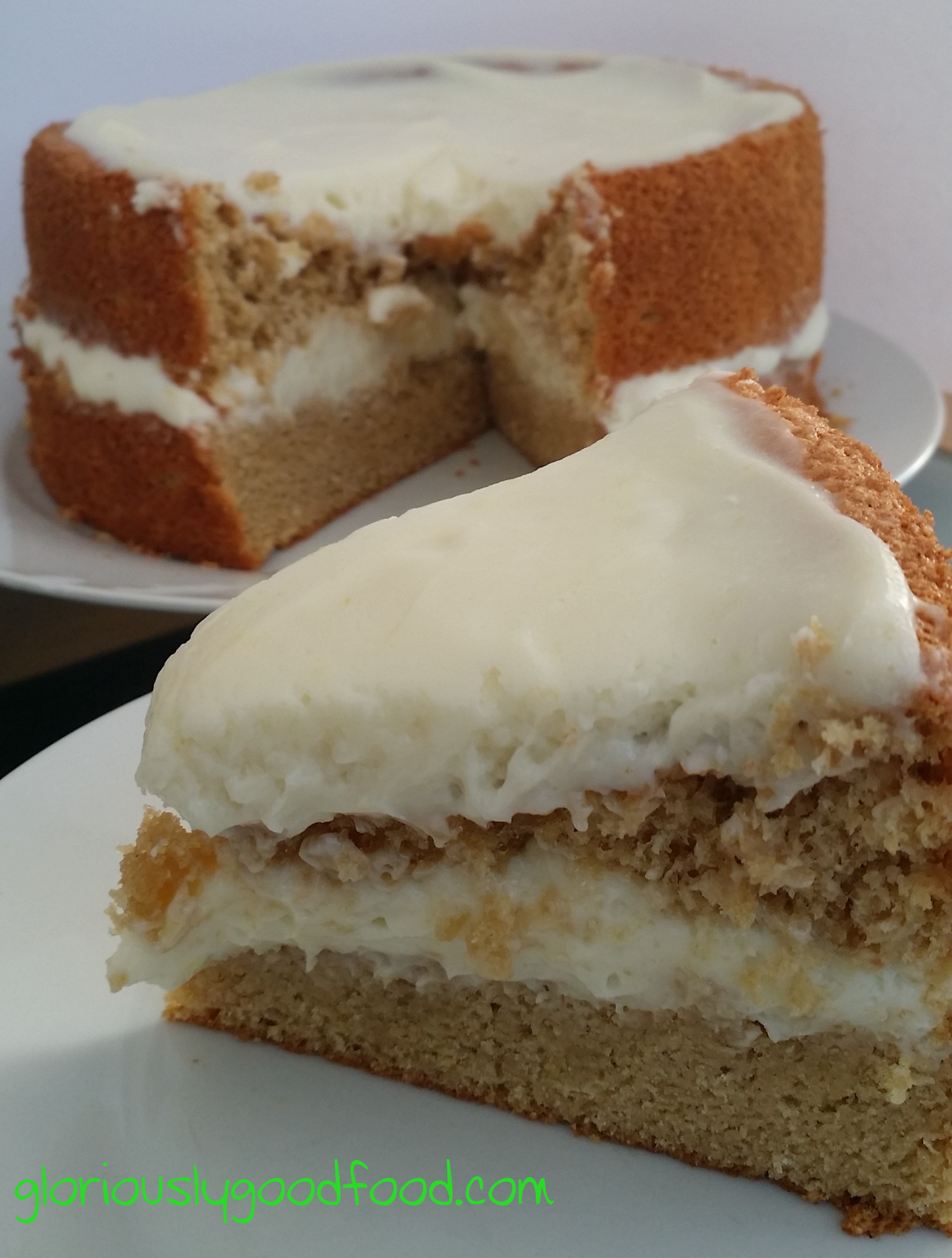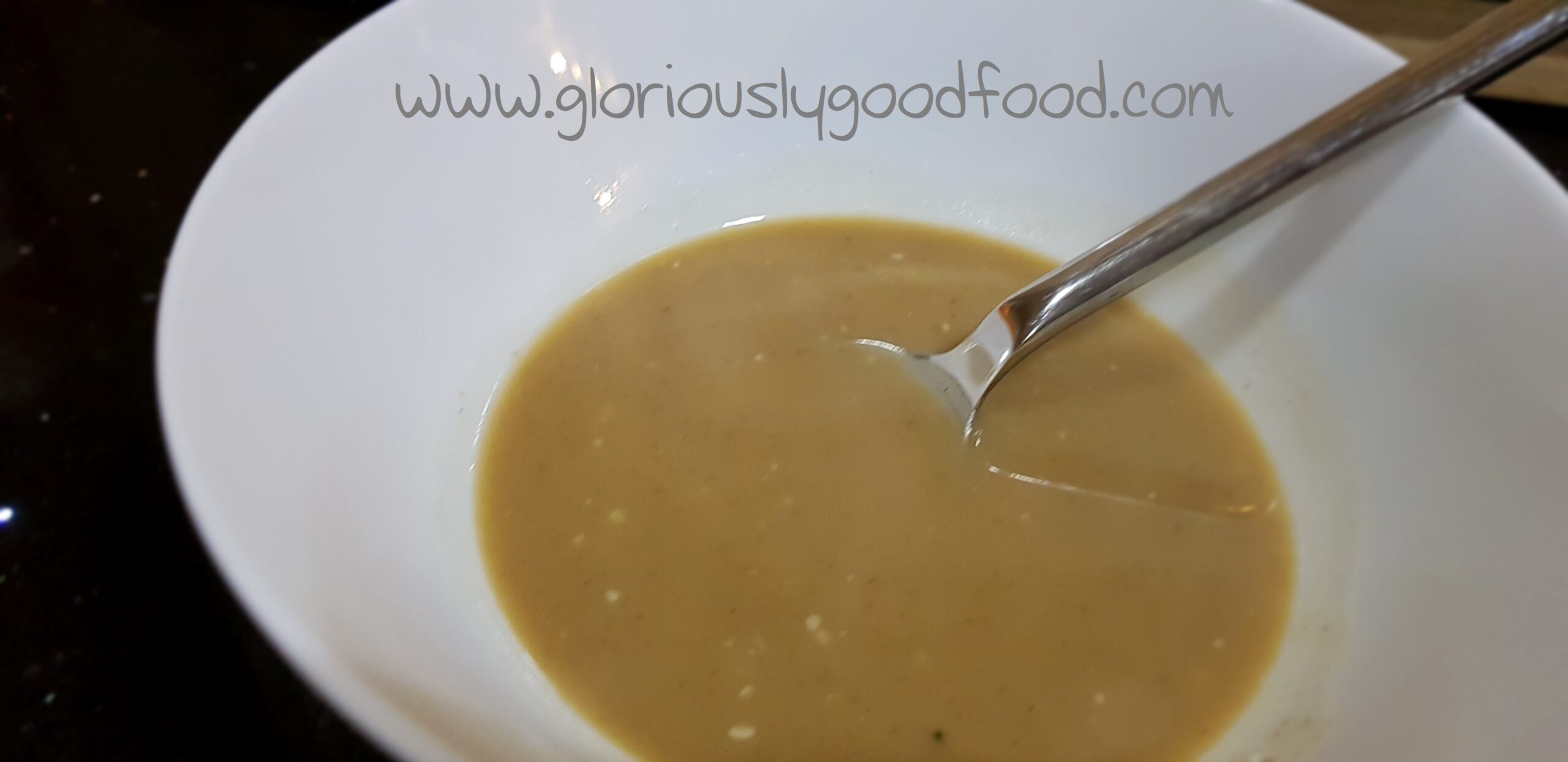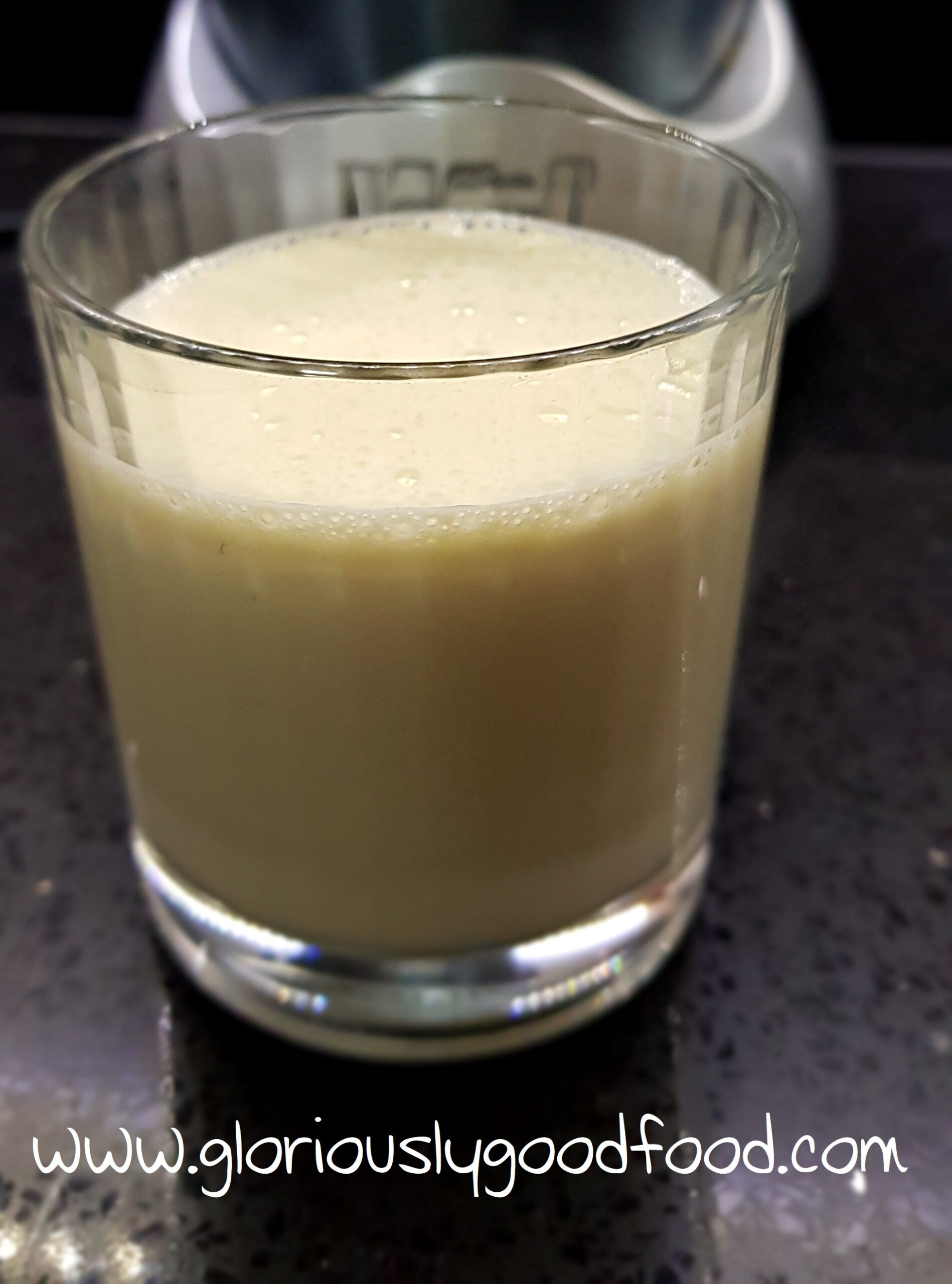A lemon cake that is reflux-friendly
and, as all reflux-friendly recipes, very low in fat!
This is a very indulgent (it’s low in fat, but packed with sugar, so not for every day!) cake that allows even reflux* sufferers to enjoy delicious cake without fear of nasty after-effects.
How is it possible to enjoy a reflux-friendly recipe containing lemon, I hear you ask…
That’s because all we’re using in this recipe is lemon rind, no juice, so you get the WOW-factor of the zesty lemon flavour, without any of the nasty acid.

This is only a slight variation on the basic ‘Three Ingredient Low-Fat Sponge Cake‘ and still just as easy to make.
Ingredients
- 6 large eggs
- 150g light brown soft sugar
- 150g self-raising flour
- 540g Philadelphia ‘Lightest’ cream cheese (or any 3% fat cream cheese)
- 300g icing sugar
- Finely-grated zest of two lemons
Equipment
- 20cm (8in) loose base non-stick round cake tin
- Greaseproof paper, cut to a circle to fit in the base of the cake tin
- Electric whisk
- A drop of vegetable oil to grease the base of the tin before laying on the greaseproof paper, and to then very lightly grease the greaseproof paper before pouring in the cake mix
Method
In a large bowl, whisk the eggs and sugar until the mixture more than doubles in size and becomes quite thick. This will take quite a few minutes. A good test is to make a dent or line on the surface with your finger or a spoon and see whether the shape holds. Just before it gets that thick, add in the very finely-grated zest of one lemon (you will need the second one for the icing) and keep whisking. Once it briefly holds its shape when you make a dent in the surface, it is ready for the next step.
Sift the flour and fold it carefully into the egg, sugar and lemon mixture, taking great care to be gentle and not lose the air you have whisked into the eggs.
Having prepared your cake tin as described under ‘equipment’, above, pour in the mixture and place the cake tin into a pre-heated oven at 170°C (fan) and leave it in for 25 minutes. Test with a cake skewer or wooden toothpick before removing it from the oven to ensure the cake is cooked (the skewer/toothpick should come away dry).
Take it out of the oven and leave to cool in the tin for a little while before carefully removing from the tin and leaving to cool completely on a cooling rack if you have one. The cake often sags a little in the middle – this is perfectly normal and won’t affect the taste or texture.
Once the cake has completely cooled, prepare the icing: Place the cream cheese, very finely-grated zest of the second lemon and half of the icing sugar in a large bowl. Using the electric whisk on the lowest setting at first, start combining the ingredients. Be careful as icing sugar tends to go everywhere! Once the ingredients are amalgamated, add the rest of the icing sugar and, again, start on a low setting until the ingredients are combined, then turn up to maximum speed and whisk for about half a minute.
Carefully cut the cake in half so you have a top and bottom half.
Spread approximately half of the icing onto the bottom half, then replace the top over it and finish off by spreading the remaining icing over the top.
The icing will be quite runny at this point, so get the cake into the fridge as quickly as possible and, ideally, refrigerate overnight to allow the icing to go more solid.
Tip: Once you have cut into the cake, make sure you cover it with clingfilm to ensure it doesn’t dry out, before returning it to the fridge – that’s assuming there is any left!!
Gloriously simple, gloriously indulgent, gloriously good!
*Please note I am not a doctor, speech therapist or in any way medically qualified. The recipes are a combination of my interpretation of the rules outlined in the ‘Dropping Acid – The Reflux Diet’ book and ingredients that work for my reflux. If you believe you suffer from reflux, please seek advice from a medical professional to confirm your diagnosis and work out the best course of treatment/management for you. I hope that my recipes can help you as part of this management. The recipes are, by their nature, very low in fat, so are also suitable for anyone wishing to follow a low-fat diet.


